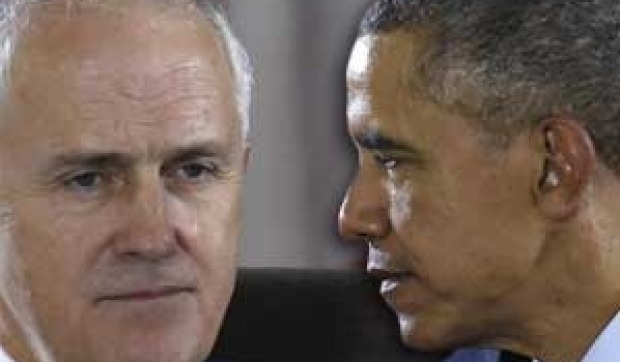

About 50 US marines are understood to be permanently stationed in the Top End, with equipment stored at various locations. The US also has a permanent presence at Pine Gap, near Alice Springs.

“US and Australian defence leaders are looking to rotate a three-ship amphibious readiness group through the region, and perhaps a carrier strike group,” the report stated. “Darwin’s port would need to be expanded to host an amphibious assault ship and two dock landing ships.”

Pentagon officials have flown to Australia to for "emergency talks"
to express their frustration over the Port of Darwin sale
and Canberra's reluctance to stand up to Beijing.
Last year, the port hosted 102 naval vessels, according to its annual report, and was the point of arrival for US Marines on rotation through Darwin. Pentagon officials now want assurances from Australia on security arrangements at the port and better systems to ensure the breakdown in communication doesn't happen again.
The US officials also expressed concerns over Australia's lack of interest in sending naval ships to join Washington's so-called "freedom of navigation" operations in the South China Sea.

In a 2012 agreement, the United States said it would pull 9,000 Marines out of Okinawa — 4,000 of whom would go to Guam and 5,000 to Hawaii and on rotations to Australia — as it seeks to ease a long-running standoff over the future of its huge military presence in one of its top Asian allies.